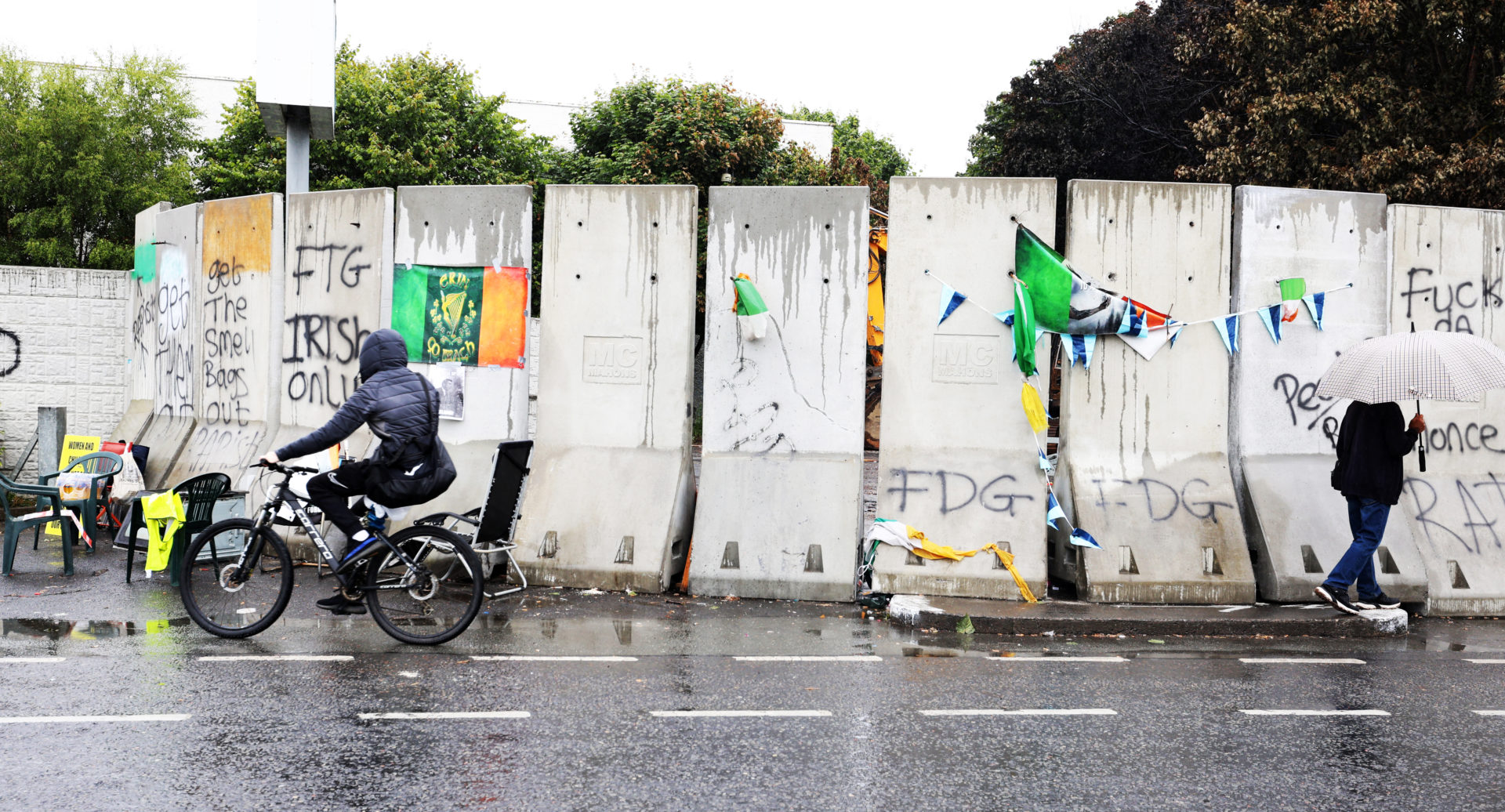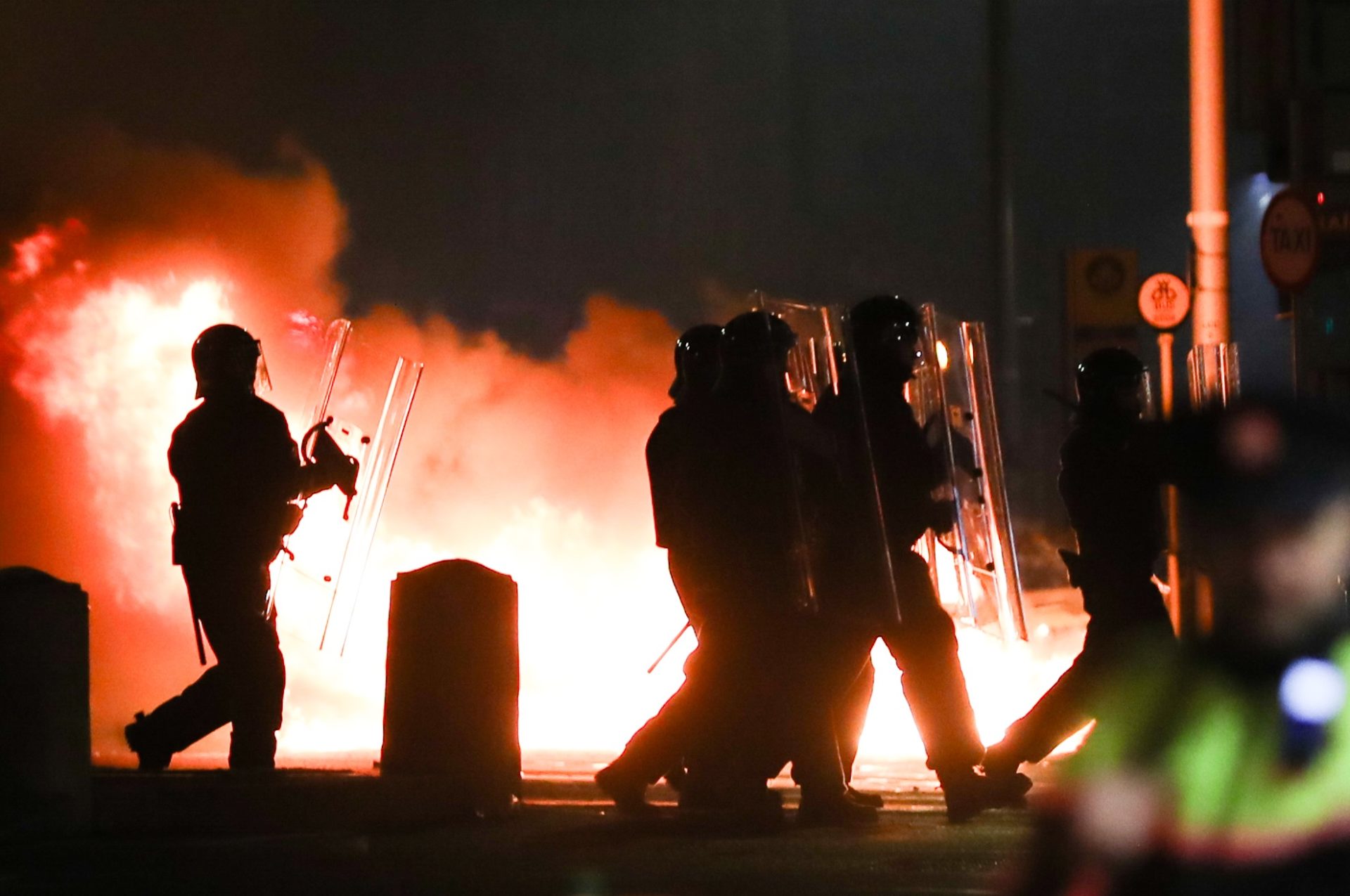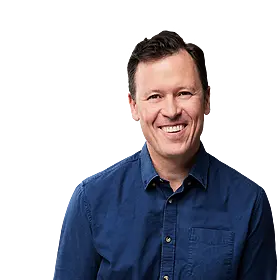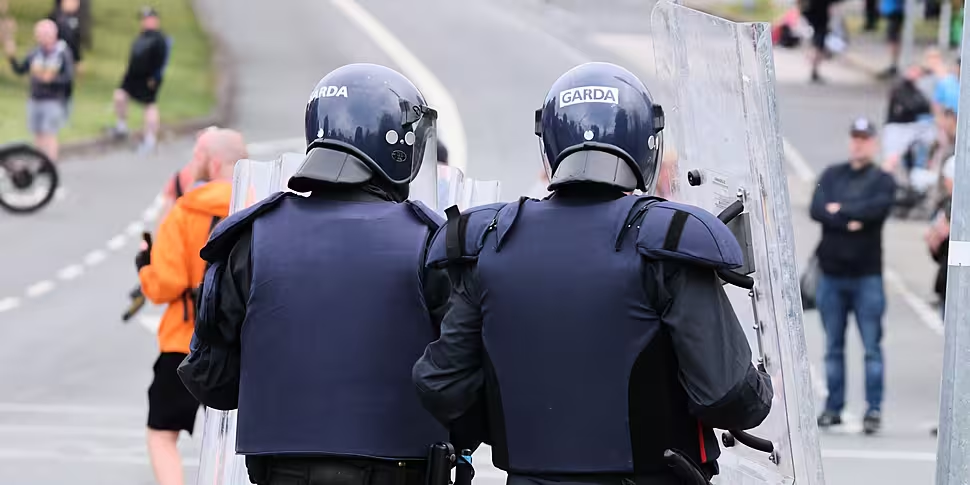Gardaí are putting photojournalists in “extreme danger” by demanding that they hand over images taken during riots and civil unrest, according to one of Ireland’s leading photo agencies.
Gardaí have asked the RollingNews agency to hand over all photos taken at the protests in Coolock earlier this month.
The agency’s editor Eamonn Farrell has shared his reply to the Gardaí publicly – noting it is the second time this year he has been asked to hand over photos.
His letter warns that photojournalists have been “intimidated, threatened, harassed, verbally abused and had their vehicles and registration numbers photographed” in recent months.
He said handing over images to Gardaí would “only enflame matters further and put the safety of visual journalists in further peril”.
“I find it odd that Gardaí are complaining of the level of danger their own members are in, and yet are prepared to put journalists' safety at risk by requesting that they become the eyes and ears of the State,” he wrote.
'Harassment, abuse, intimidation'
Speaking on The Pat Kenny Show today, Mr Farrell said Gardaí have now served a warrant for the photos – meaning RollingNews has no choice but to hand over the images.
He said photojournalists' jobs have become much more dangerous in recent months.
“[We're facing] harassment, abuse, intimidation, threats,” he said.
 Scenes near Crown Paints after a fire was started in the building on Friday night after an earlier peaceful public meeting and march to the Coolock Garda Station, 20/07/2024 Image: Rolling News
Scenes near Crown Paints after a fire was started in the building on Friday night after an earlier peaceful public meeting and march to the Coolock Garda Station, 20/07/2024 Image: Rolling News“Photographers’ photographs have been taken, their car registrations have been taken and put up on TikTok and other platforms.
“They have been put under incredible really, really incredible intimidation.”
Mr Farrell said the demand to share photos with Gardaí is simply putting a bigger target on photographer’s backs.
'The camera does lie'
Mr Farrell also noted that photographers take “hundreds” of pictures at each protest – but only some are shared by RollingNews to ensure accurate reporting.
“The camera does lie, that’s the reality,” he said.
“Sometimes the imagery that is taken, because it's taken with a particular lens can exaggerate what's happening.
“We edit them out to decide which ones, in the opinion of both the picture editor and the photographer, reflect what exactly happened.
“If we hand over all the images that the Gardaí are looking for, including the ones that haven't been edited, then the Gardaí are viewing those without the ability to objectively decide what actually reflects the reality of what happened on the day.”
 A car burns on Parnell Street as members of the Garda Public Order Unit set up cordons on O'Connell Street and Parnell Street in Dublin, 23-11-23. Image: Sasko Lazarov / © RollingNews.ie
A car burns on Parnell Street as members of the Garda Public Order Unit set up cordons on O'Connell Street and Parnell Street in Dublin, 23-11-23. Image: Sasko Lazarov / © RollingNews.ieMr Farrell said it seems clear Gardaí are not using bodycams correctly, and still have to use photos from the media when investigating.
“I guess the priority has been to supply the bodycams to the guards who are patrolling the streets on a normal day, instead of, in the first instance, making sure that the Gardaí who form part of the Public Order Units should have them,” he said.
“That’s where they are really necessary.”
He said it appeared Gardaí at protests in Coolock did not have bodycams and will continue to seek photos from journalists.
Separating State and media
Mr Farrell said photographers also handed over photos for investigations following the Dublin riot in November 2023.
Mr Farrell said continuing to ask media for photos will impact their ability to do their jobs safely.
“Just like the separation of Church and State, I believe that the separation of the State and free and independent press is important for democracy,” he said.
Garda Commissioner Drew Harris told Newstalk last week he has an “obligation and duty” to investigate criminal activity.
He said he has a “legal and legislative responsibility” to source all evidence and information possible – including through warrants.









